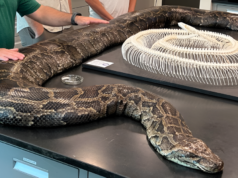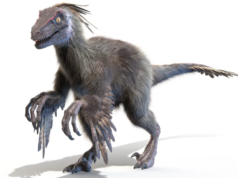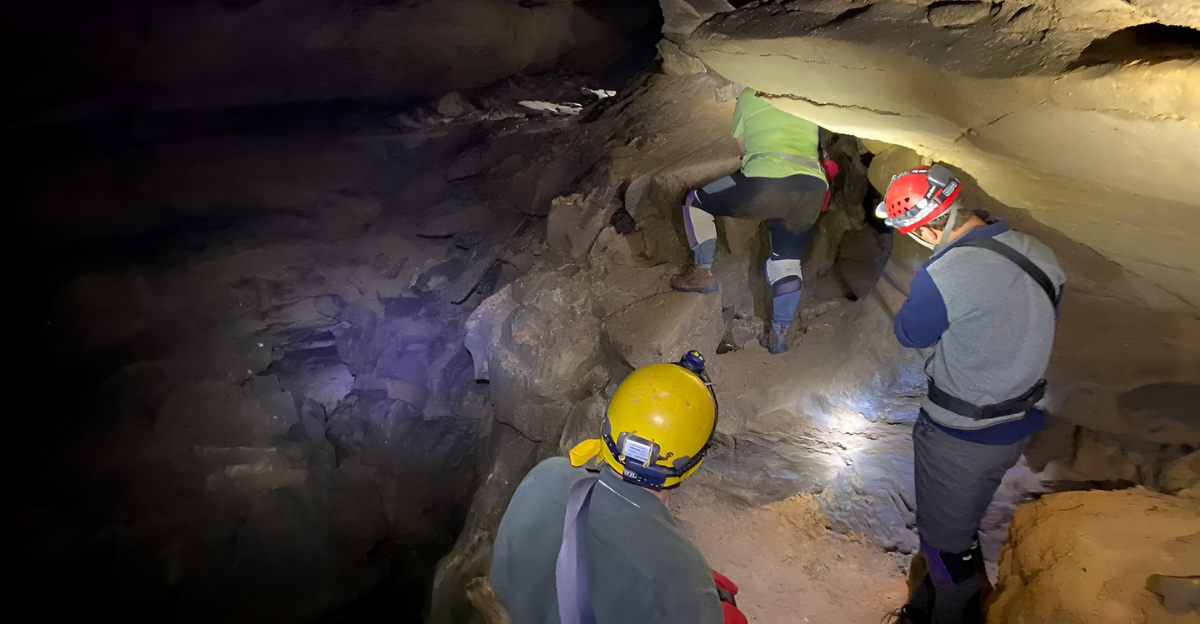
Something monumental is happening in Kentucky. The world’s longest cave system, Mammoth Cave, and a destination for explorers, researchers, and tourists alike, has suddenly closed its doors.
Park rangers cite “preservation issues,” but social media is full of speculation, ranging from far-fetched conspiracy theories on Reddit to TikTok videos implying “monstrous” secrets. It’s a tense and exciting situation: What would make a national icon, open to the public since the early 1800s, close its doors?
The reality, as it happens, goes far beneath the limestone caverns themselves. So, let’s examine why this national park has closed and the discovery that might change everything.
Why This Finding Rattles Our Understanding of Prehistoric Oceans
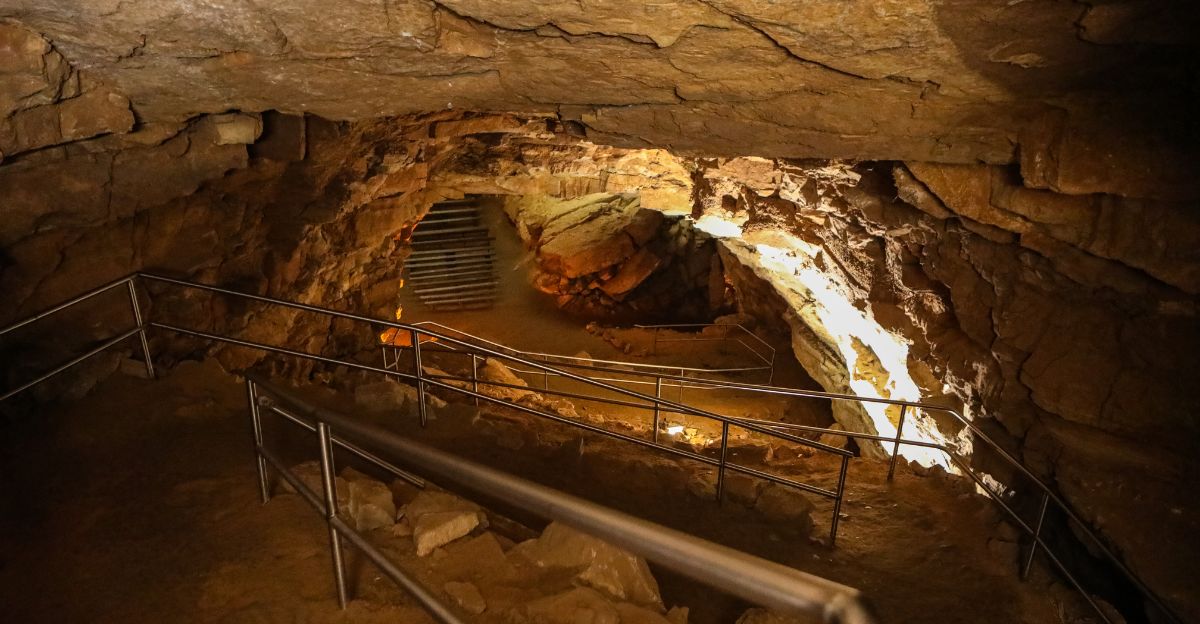
The closure of Mammoth Cave is a global scientific phenomenon. It follows a discovery that’s rewriting our understanding of life 325 million years ago, when North America was a shallow tropical sea only a few hundred feet deep.
Fossil finds here are not just rare—they’re often a time capsule, revealing how ancient marine creatures evolved and reshaped ecosystems they ruled. Scientists everywhere are taking notice, for in these caves lies the key to the origins and downfall of ocean civilizations.
Meet the Crew Who Discovered the Past
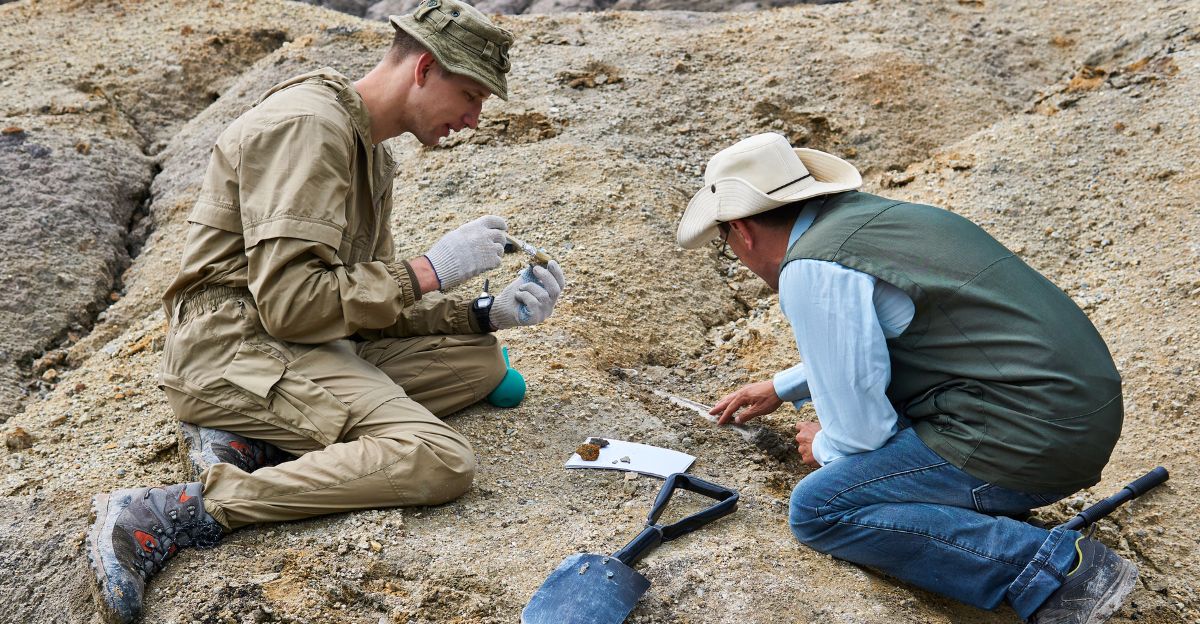
Behind every breakthrough, there’s a human story—cavers, paleontologists, and park rangers—working for years in grimy coveralls, making their way through the darkness.
This finding was made possible by a partnership between Mammoth Cave Superintendent Barclay Trimble, ancient shark expert JP Hodnett, and National Park Service field crews.
Hodnett described the experience as “absolutely amazing,” while Trimble, who first spotted a key piece of evidence in 2019, now has a prehistoric predator bearing his name. They are no longer mere scientists; they’re pioneers at the edge of the unknown.
Why Now? The Tech and Timing Behind the Breakthrough
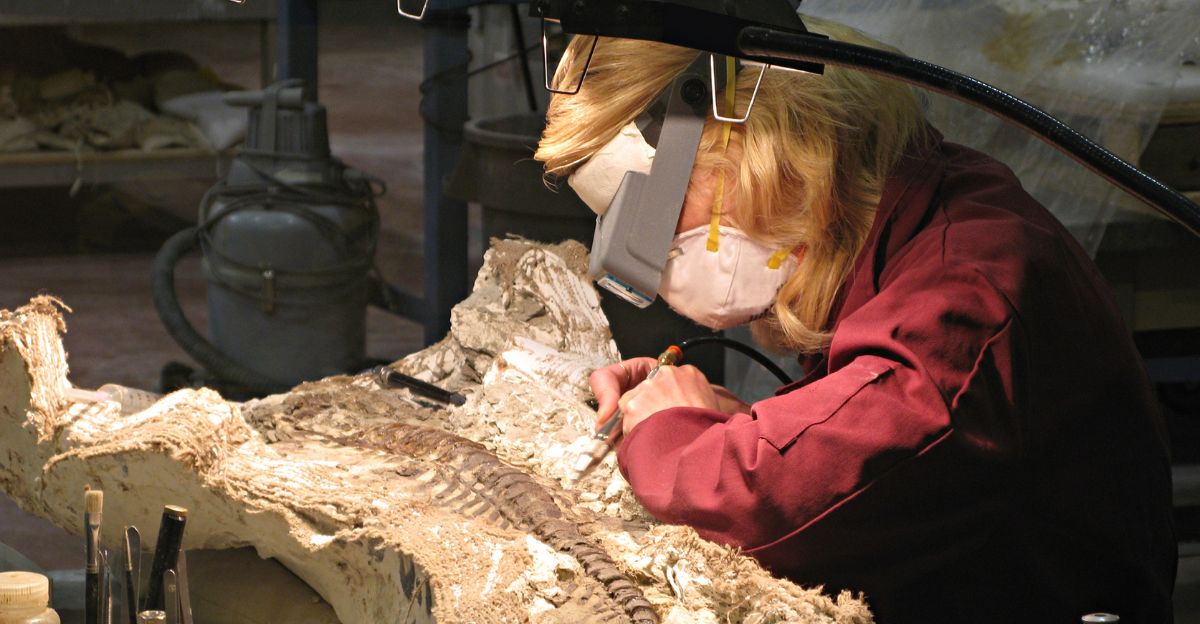
So why now? Why was this groundbreaking discovery only made recently, and not decades ago? The answer lies in combining new and advanced technologies with old-fashioned willpower.
Developments in 3D mapping, high-resolution imaging, and paleontological resource inventory allowed teams to detect fossil fragments previously overlooked. Stable cave temperatures preserved these remains in pristine condition, while careful mapping and digital modeling let researchers reconstruct ancient skeletons without damaging them.
It was simply a case of history waiting for science and technology to catch up.
Two New Prehistoric Sharks Unearthed
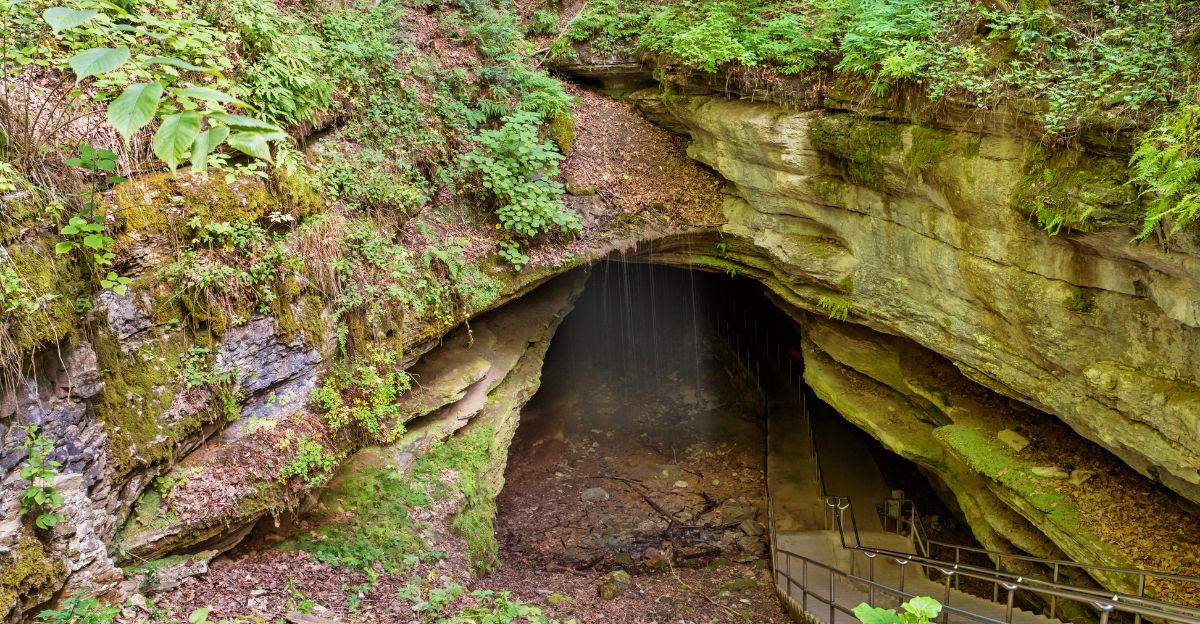
So what was hidden in the depths of Mammoth Cave? The fossilized remains of two previously unknown shark species—Troglocladodus trimblei and Glikmanius careforum.
These ctenacanth sharks had comb-like dorsal spines and once stalked the shallow sea that covered Kentucky over 325 million years ago. Each was approximately 10–12 feet long, with jaws and teeth designed to catch anything that moved.
The twist? One of these sharks extends the known timeline of its genus by 50 million years. It’s not just a new page—it’s a whole new book in the book of life on this earth.
The Day of Discovery: Teeth, Bones, and a Race Against Time
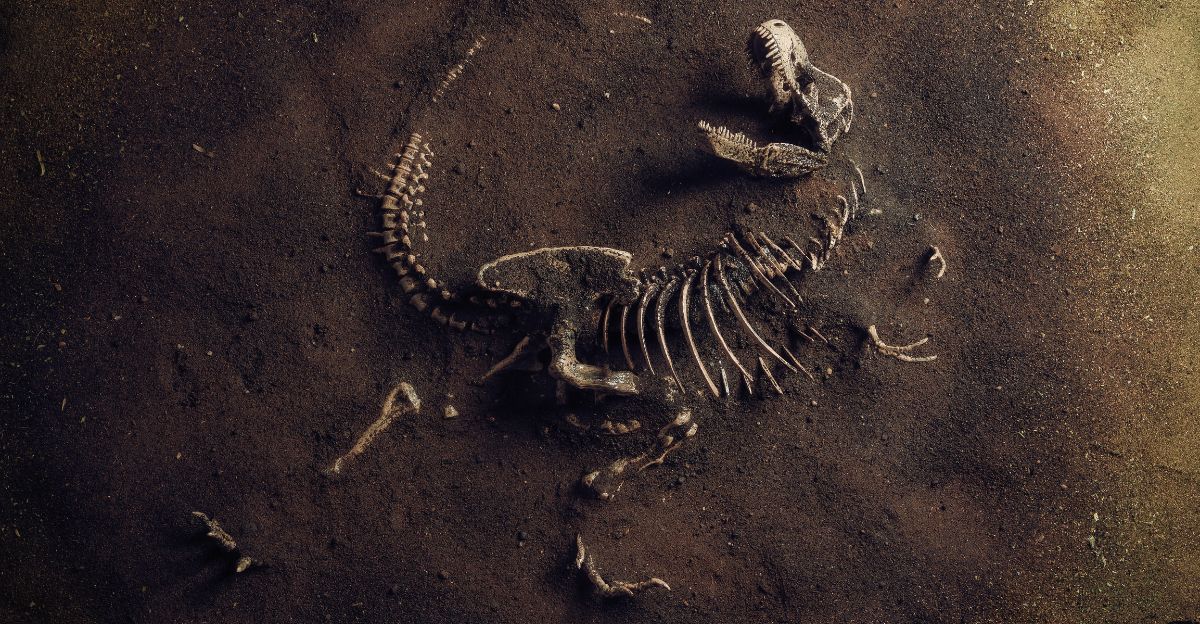
These extraordinary fossils weren’t stumbled upon; they were painstakingly extracted from ancient limestone, tooth by tooth, splinter by splinter. It started when Superintendent Trimble found a lone, strange tooth in 2019, which triggered a cautious excavation.
Teams worked in tight, dark spaces, charting every find and preserving the most delicate pieces. Their passion was matched by their sense of urgency, where every find was threatened by weather or careless handling.
But the excavation team’s efforts were rewarded with some of the best-preserved shark fossils ever found. Their anatomical detail is so sharp that they look “like they just came out of the shark’s mouth yesterday,” as Hodnett put it.
Meet the Sharks of 325 Million Years Ago
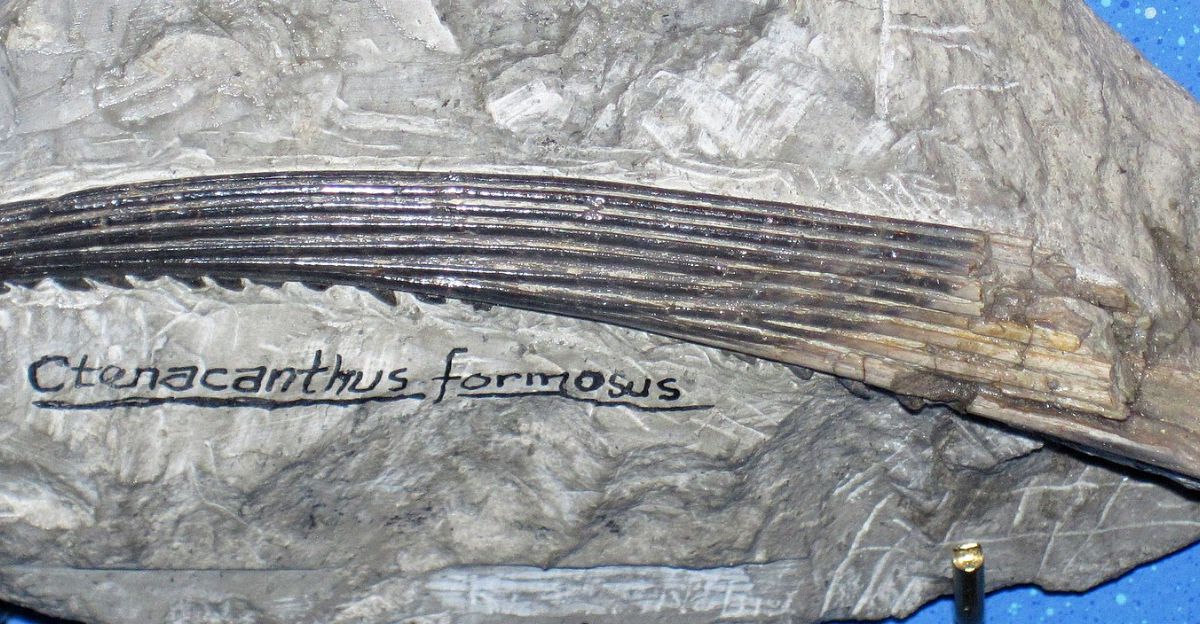
The extinct Ctenacanth sharks were formidable predators, inhabiting the warm oceans that cover modern-day North America.
These sharks, including those found in the Mammoth Caves, were roughly 10–12 feet long with specially spined fins that served as a defense mechanism against other predators, such as larger sharks and early marine reptiles.
They lived in environments filled with varied sea life—bony fish, shell-bearing animals, and squid-like animals—in flourishing ecosystems as continents shifted and ancient seaways became extinct.
Why Close the Cave? The Risks and Morals of Conservation
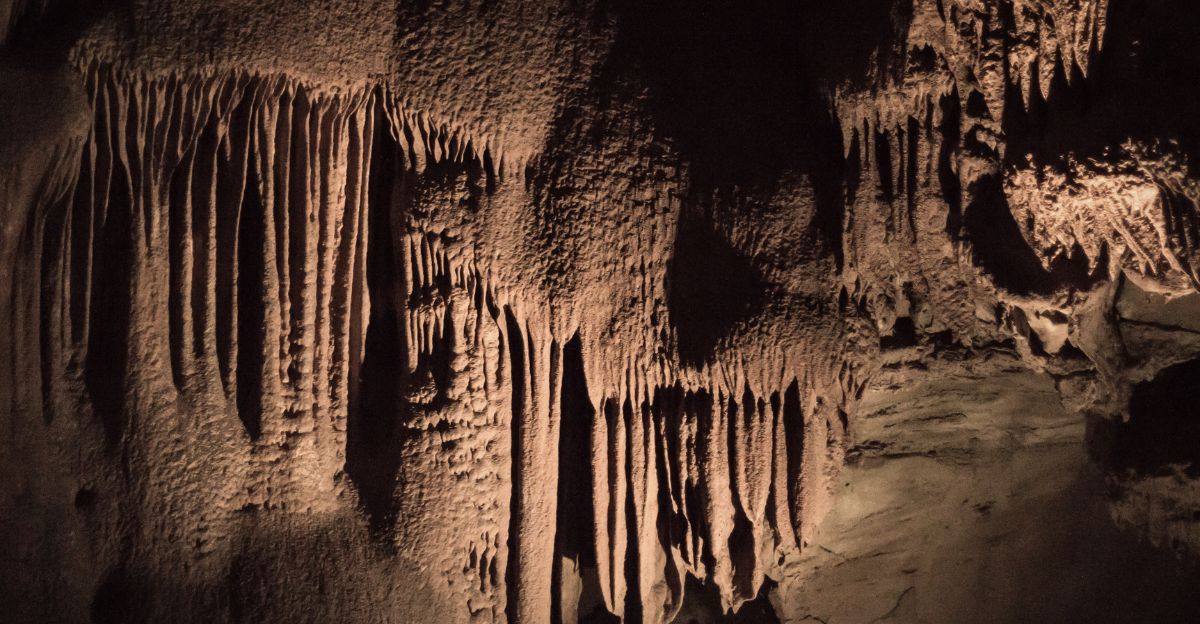
The decision to close the cave wasn’t made lightly. It was made to protect and preserve a brittle, irreplaceable record of evolutionary history. Park managers faced a dilemma: public appeal vs. scientific honor.
While the cave’s consistent environmental conditions preserved these fossils for hundreds of millions of years, opening the site up to tourists, or even well-meaning scientists, might irreparably ruin these ancient remains.
As a compromise, the park uses 3D images and virtual displays so that everyone can see them without endangering the remains. It’s an unprecedented choice rooted in respect for science and heritage.
A Hotspot for Ancient Life: Mammoth Cave’s Surprising Biodiversity
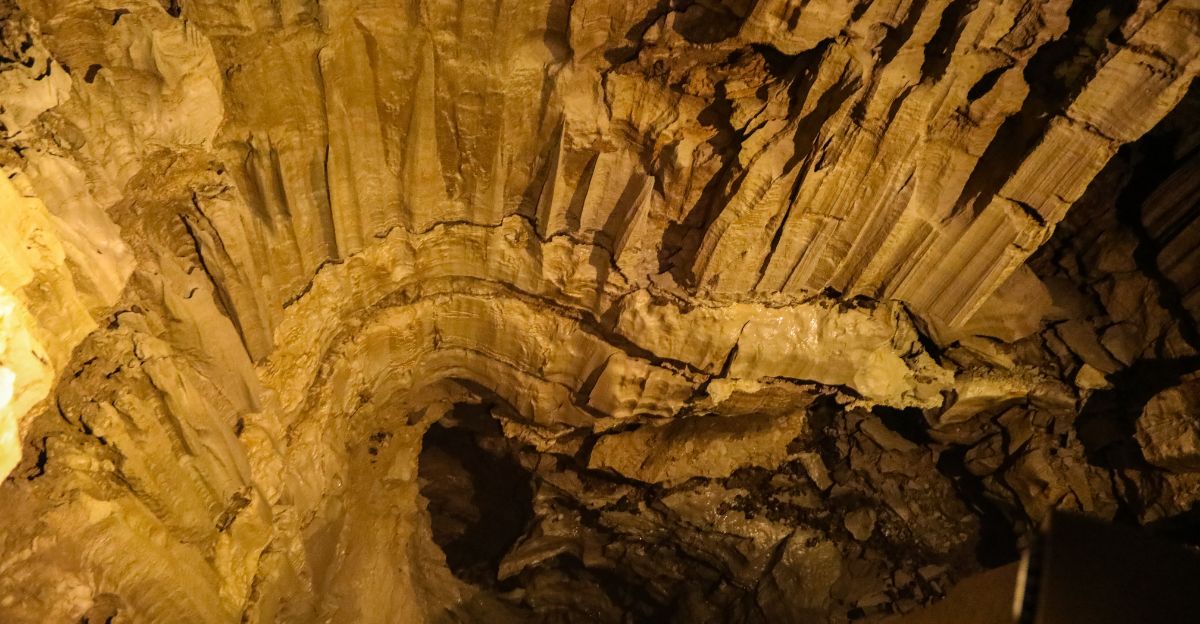
Mammoth Cave is a hotspot for ancient life. Over 70 ancient fish species and at least six new sharks have been discovered in its layers. These discoveries have provided a glimpse into entire ecosystems, ranging from tiny “chipmunk sharks” to apex predators.
The cave’s bizarre geology, that of limestone formed on an ancient sea floor, provides a treasure trove for paleontologists. Each new discovery helps us understand how ancient oceans rose and fell, how species evolved, and how life rebounded following mass extinctions.
In short, Mammoth Cave is a living laboratory for the history of life itself.
Viral Buzz and the Next Step

Word of the discovery of a “sea monster” has exploded on social media. Reddit threads break down the science, and YouTube and TikTok explainer videos have been viewed by millions, all mixing awe with a dash of misinformation.
But the real story is more nuanced. The cave’s closure is only temporary. To safeguard a site that may uncover even more secrets, scientists are already planning new surveys, using non-invasive technology to probe deeper.
This is all in the hope that Mammoth Cave will continue to surprise us, giving us new windows on the deep history of our planet—and maybe, just maybe, a few more creatures in the dark.
When Mystery Meets Science, Curiosity Wins
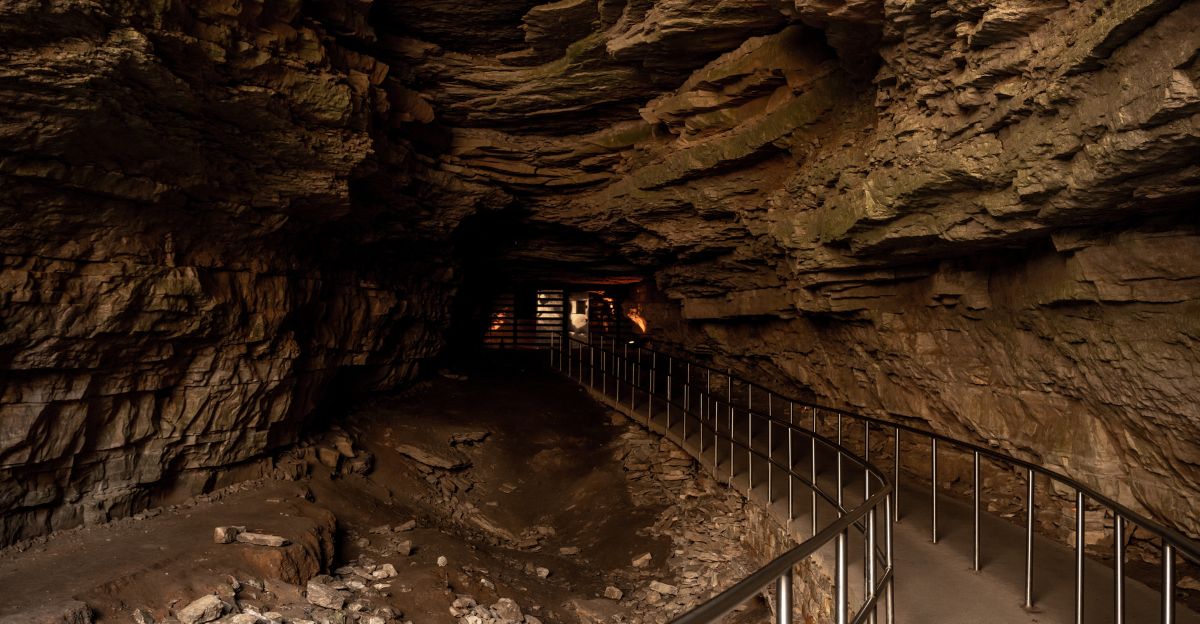
Mammoth Cave’s restricted access isn’t about an organization trying to hide something from the public, instead it’s about honoring and protecting what the caves have preserved for millions of years.
In a world that craves spectacle, the surprises lie in the details: a tooth found in the dark, the discovery of two new species, and a historic timeline that’s been reimagined. With technology pushing discovery forward and public interest growing, more secrets, hidden beneath Kentucky’s hills, may be revealed.
For now, the best way to unlock the past is to protect it at all costs and let scientists unravel its secrets, one discovery at a time.
Explore more of our trending stories and hit Follow to keep them coming to your feed!

Don’t miss out on more stories like this! Hit the Follow button at the top of this article to stay updated with the latest news. Share your thoughts in the comments—we’d love to hear from you!


